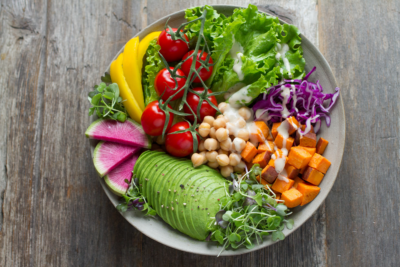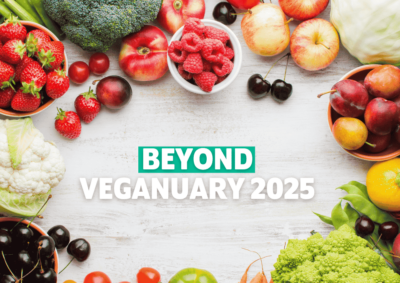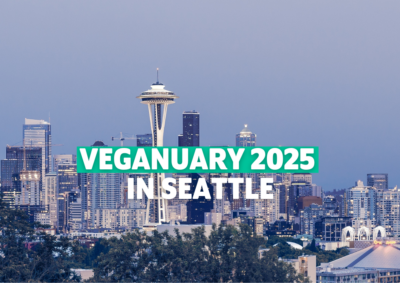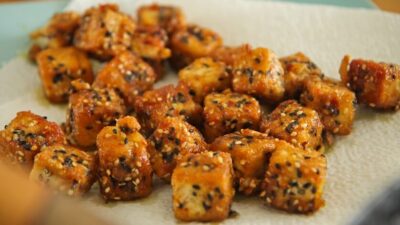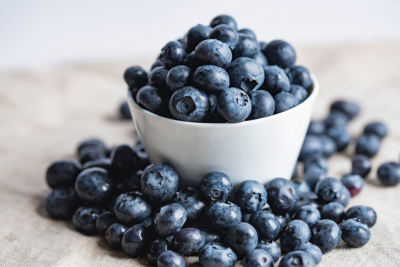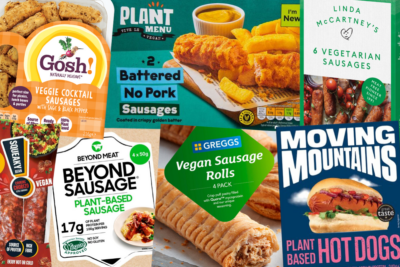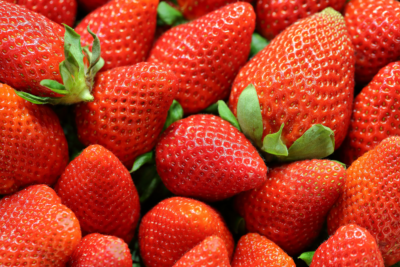Cows possess many of the same emotional qualities as we do and, like people, some cows are playful, cheeky, and outgoing, while others are more sensitive, thoughtful, and shy. However, all are capable of happiness and cows literally jump for joy when given reason to.
But on beef farms, cows suffer both physically and emotionally.
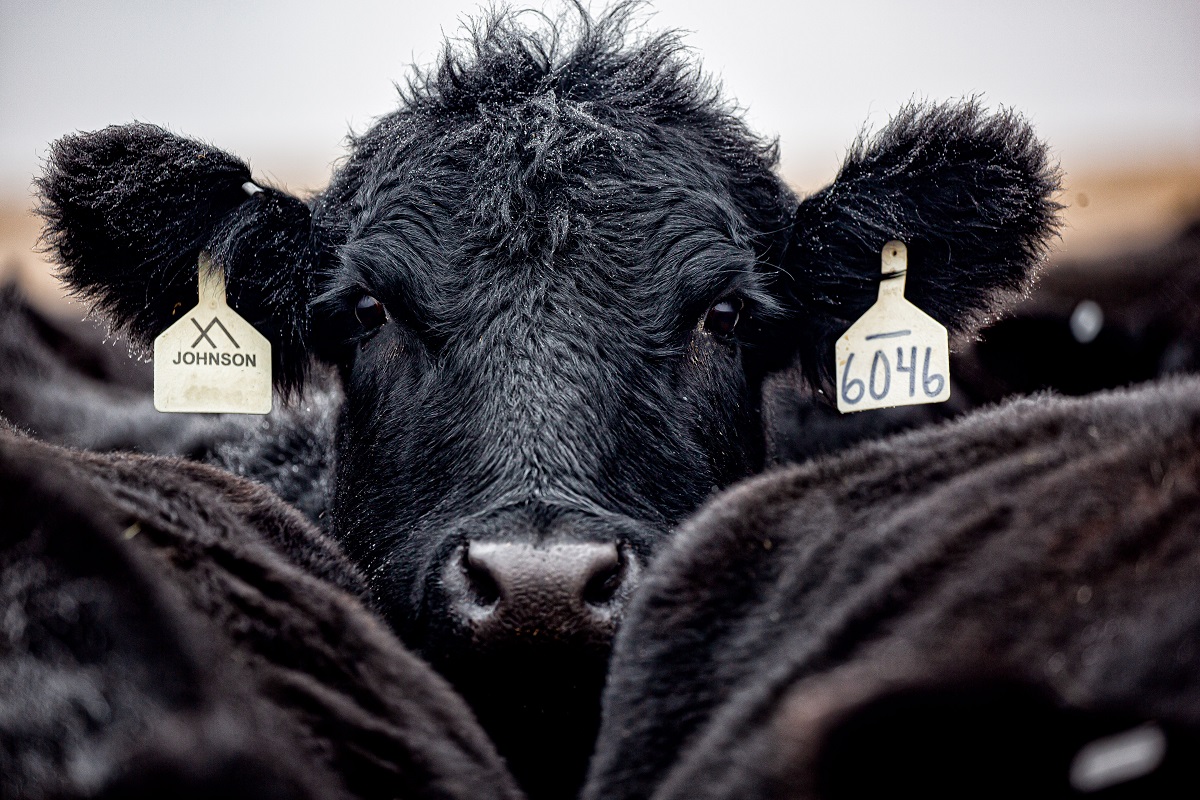
Life in a Wild Herd
Cows thrive on social interaction and form close and long-lasting relationships with members of their herd. Semi-wild cattle will groom and graze together, share food, and coordinate activities. For females, the closest and strongest bond they form is with their calf.
When about to give birth, the mother will take herself away from the herd for privacy – something that many farmed animals crave but few get to experience. Later, when she is ready, she will return and formally introduce her newborn to the herd. Her calf will suckle for a year or more and mother and calf may stay in the same herd throughout their lives.
In captivity, things are very different. On beef farms, calves may be weaned and separated from their mothers as early as 3 months of age, with industry experts arguing that the length of time mother and calf remain together should depend on the farmer’s own systems, not on the needs of the animals.
Anti-Suckling Devices
Beef farmers want cows to produce a calf every year. To do that, they need to artificially speed up the weaning process to allow the mothers to recover from one pregnancy so they can be artificially inseminated again.
This of course means taking calves away from their mothers as soon as possible, and that means stopping the calf from suckling.
Use of anti-suckling devices is commonplace. These contraptions are pushed into the calves’ nostrils and are spiked, so if the calf tries to suckle, it causes discomfort in the mother who pushes her baby away. Others consist of a flap that covers the calf’s mouth whenever he or she tries to suckle. It’s confusing and saddening for both.
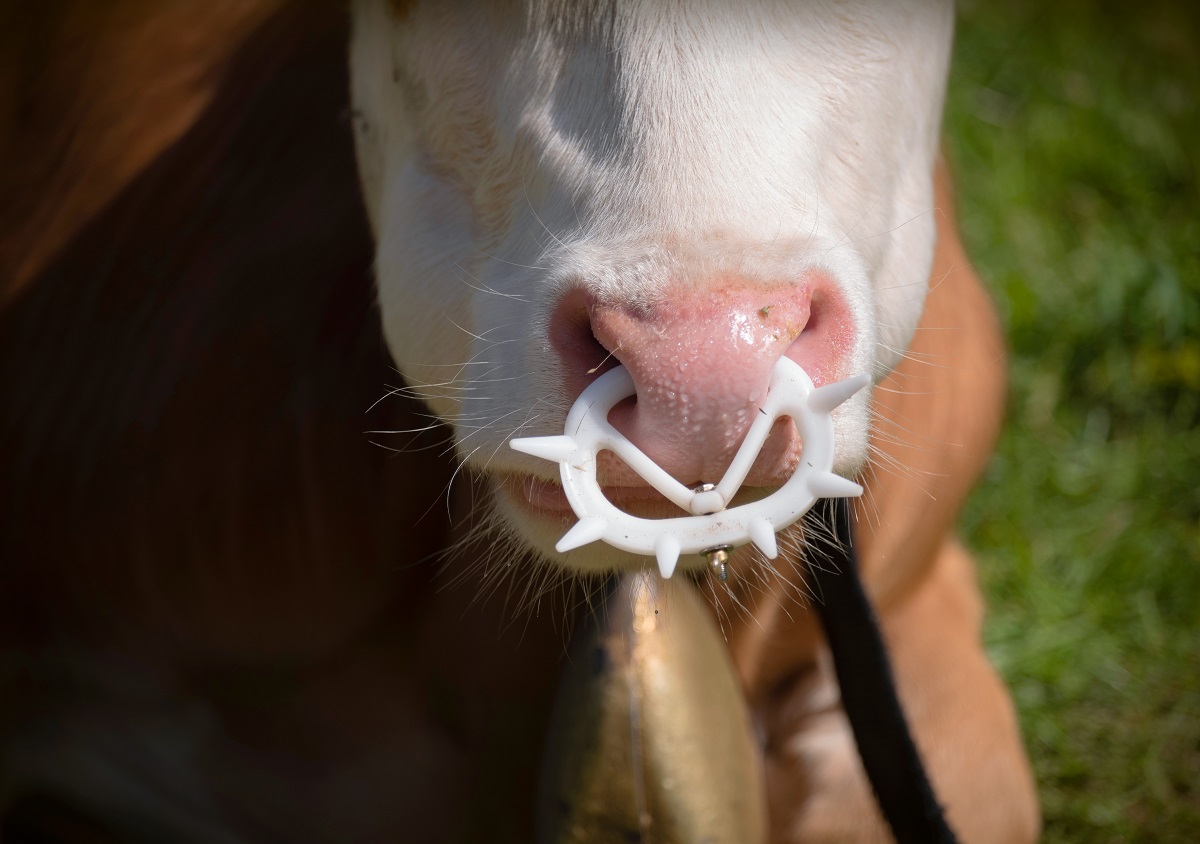
Legally Mutilated
During the first week of their lives, calves may be disbudded, castrated, and freeze-branded – all painful procedures but anesthetic is not required.
Disbudding and Dehorning
Calves reared for beef are ‘disbudded’ or ‘dehorned’ – that is their horns are removed – largely to protect farmers and slaughterers. Both are painful procedures. In young calves, the horn bud is either burnt out with a hot iron or through the application of a caustic chemical. If the animals are older, their horns may be amputated.
The Farm Animal Welfare Education Center at the School of Veterinary Science at Barcelona University lists behavioral and physiological indicators that these mutilations cause pain, and include head shaking, kicking, scratching, fast breathing and an increased heart rate.
Castration
Male calves may be castrated to make them safer for farmers, but also because a reduction in the stress hormones that entire males have is associated with a pinker meat, which is preferred by consumers.
Castration is a painful procedure, which can result in complications and infection. The most common method in the US is surgical castration using a knife or scalpel. Other methods include crushing the spermatic cord with an emasculator or banding the testicles to cut off blood flow, causing them to die and fall off. Animal handlers rarely, if ever, use anesthesia or analgesia.
Branding
In the US, it is still permitted to brand cattle by pressing irons as hot as 950°F into their skin. The latest available USDA data shows that about 12% of US operations still employ this painful practice.
feed lots
We may think cows have a rather nice life out in the fields, but they are usually without shelter and are exposed to extreme elements such as flooding and snowstorms that can harm and kill them. And then there are feedlots, where most cattle raised for meat end their lives.
Between 6 months and 1 year of age, cows are moved to crowded, filthy feedlots to be fattened for slaughter. Ninety-seven percent of beef produced in the US comes from cattle fattened on corn and soy at our nation’s largest feedlots which are packed with tens of thousands of animals.
Slaughter
Whether they are reared outdoors and ‘grass fed’ during summer months or kept inside an intensive shed all year round, their lives are over when they reach the required weight. They may be little more than one year old.
At slaughter, most cows in the US are stunned with a pistol-like captive bolt gun to the brain, then are shackled, hoisted, and have their throats cut before being disembowelled and skinned.
Investigations show that stunning often fails and cows endure repeated shots to the head or go to the knife while still conscious. The fear they experience is all too clear to see.
It doesn’t need to be this way. When we choose to eat plant-based, animals can be spared from this suffering. Try vegan with us and we’ll send you free meal plans, nutrition tips and resources.


